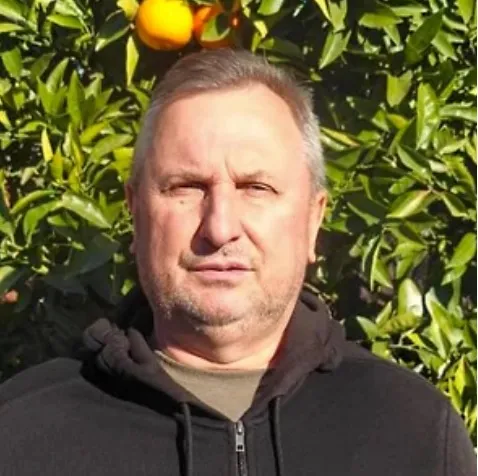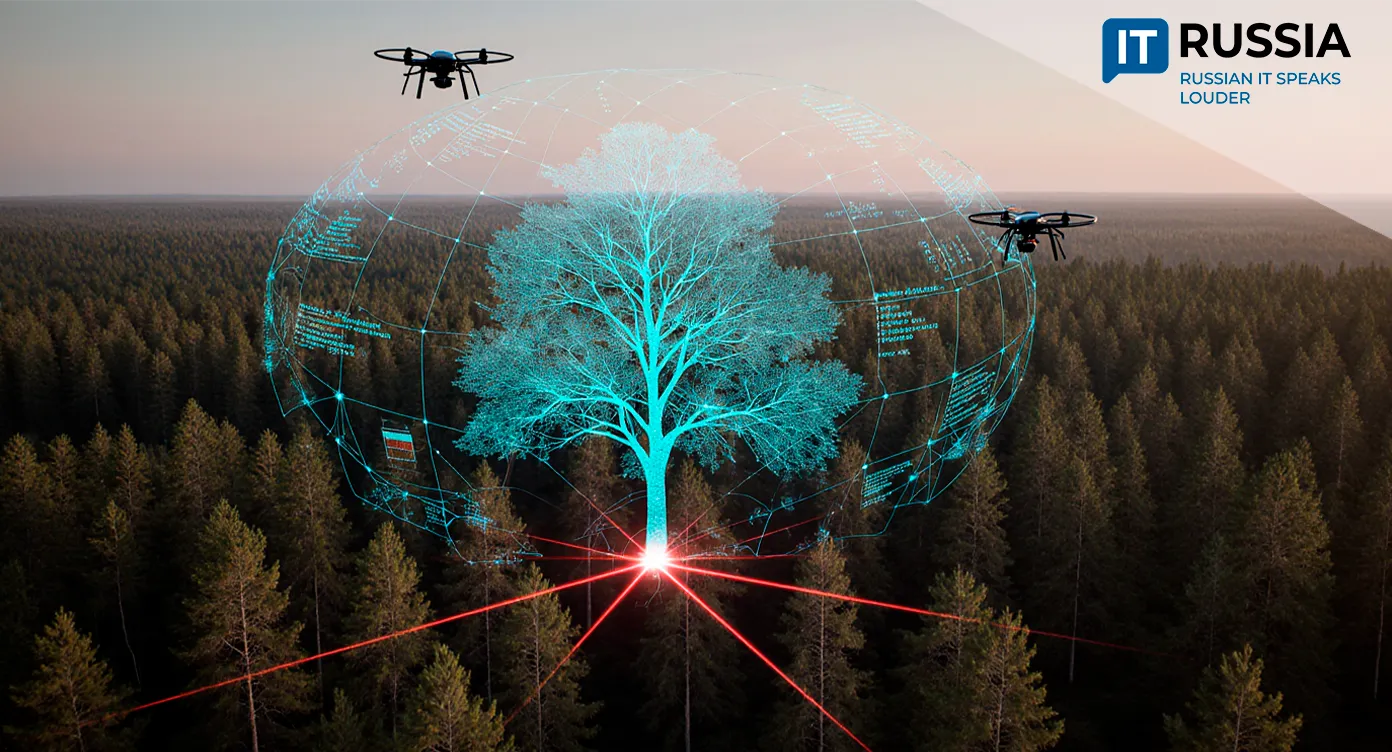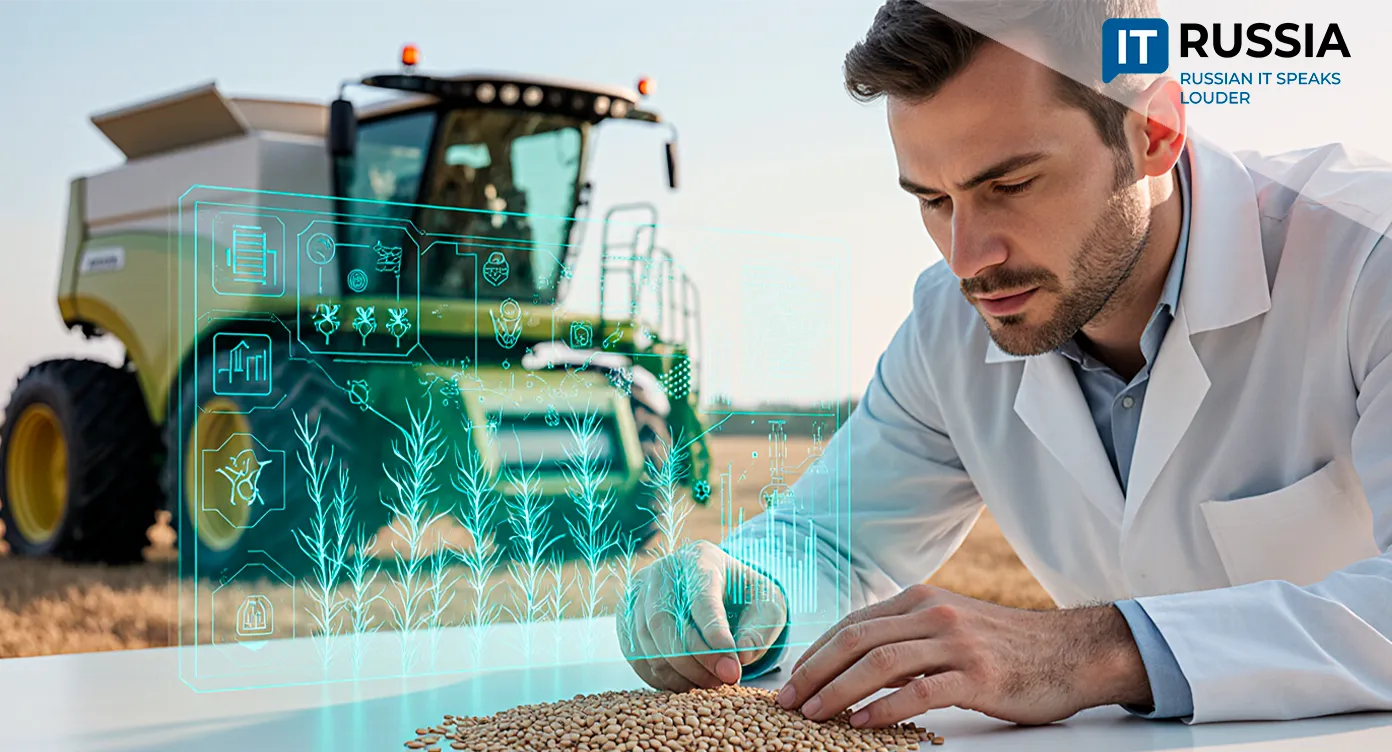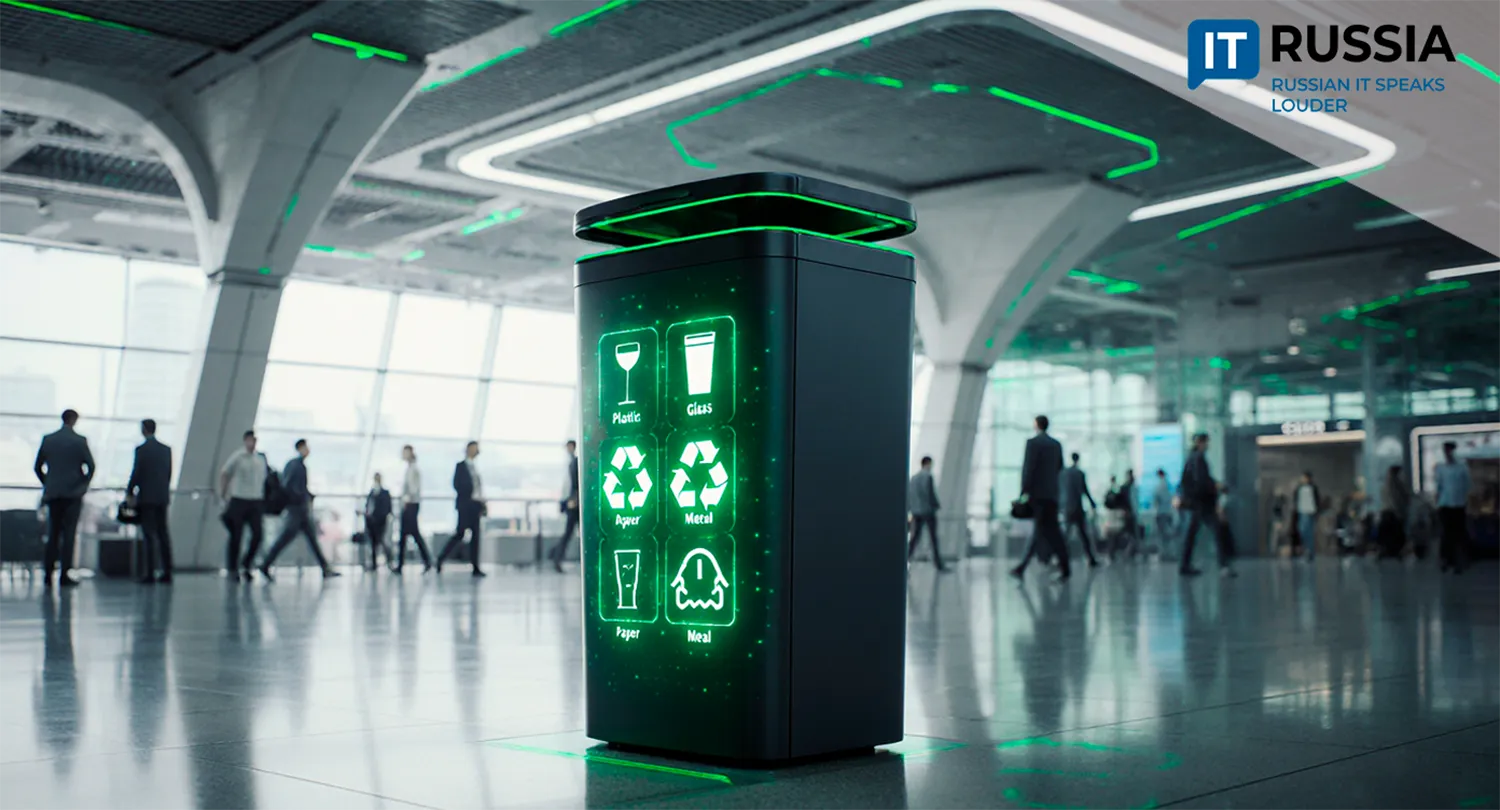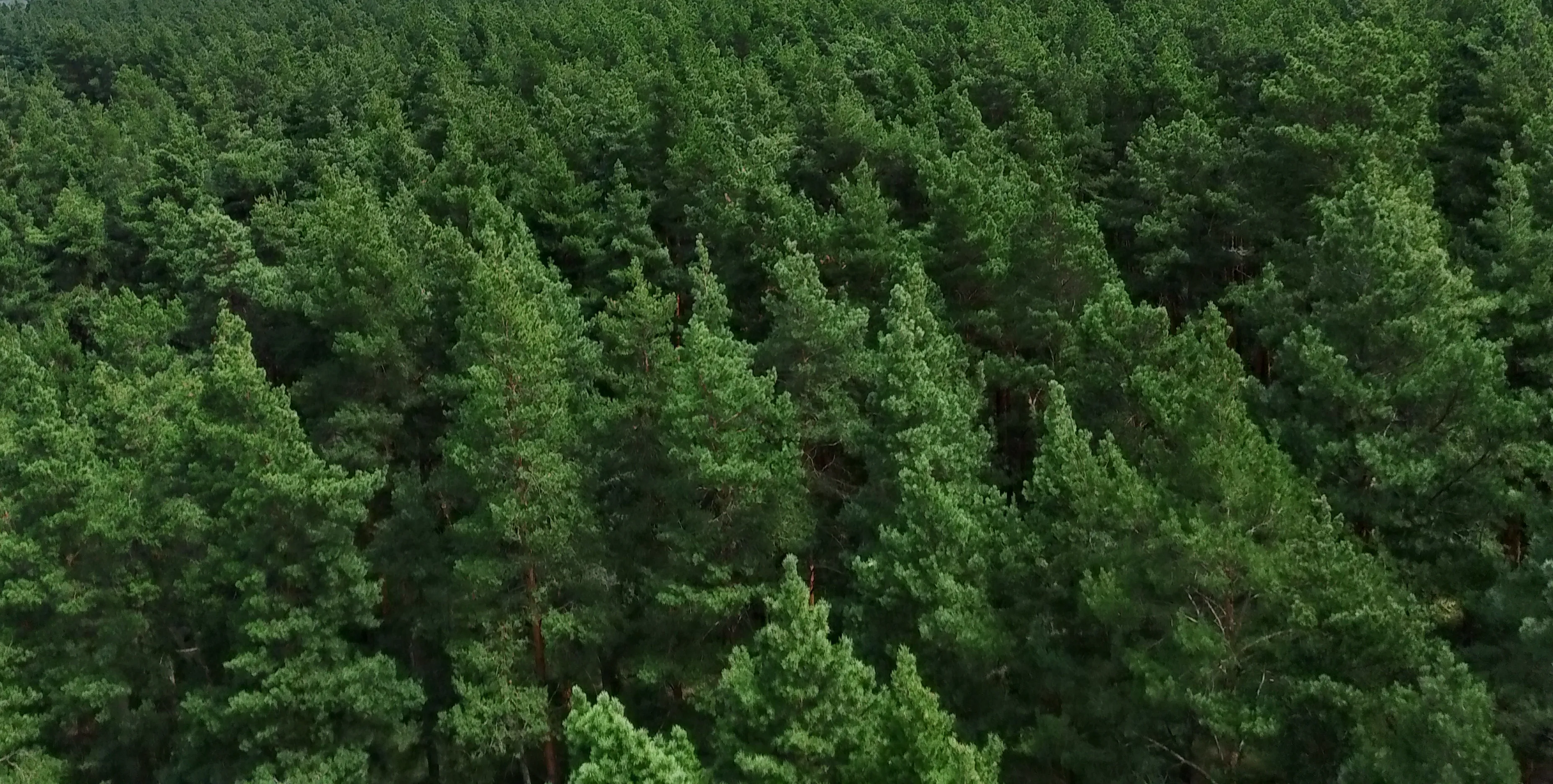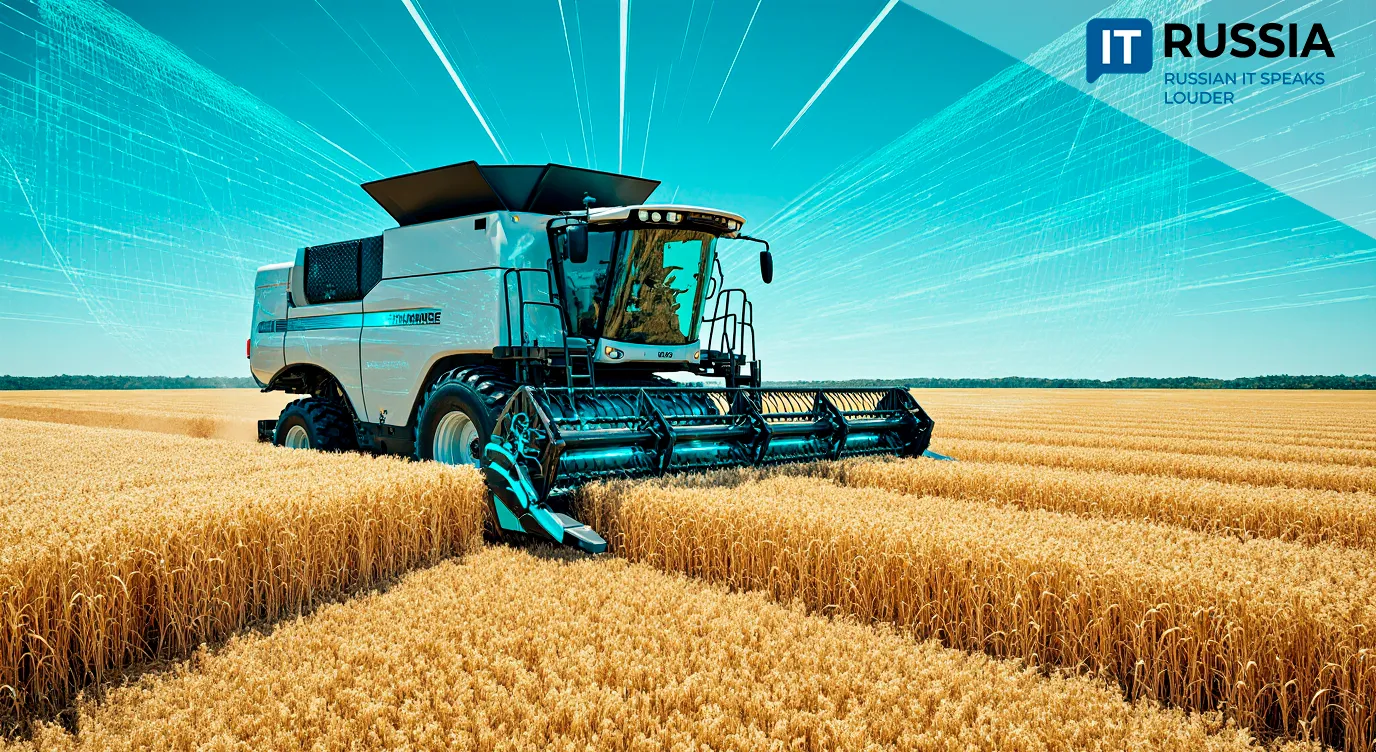Smart Tropics: AI Helps Russia Grow Bananas
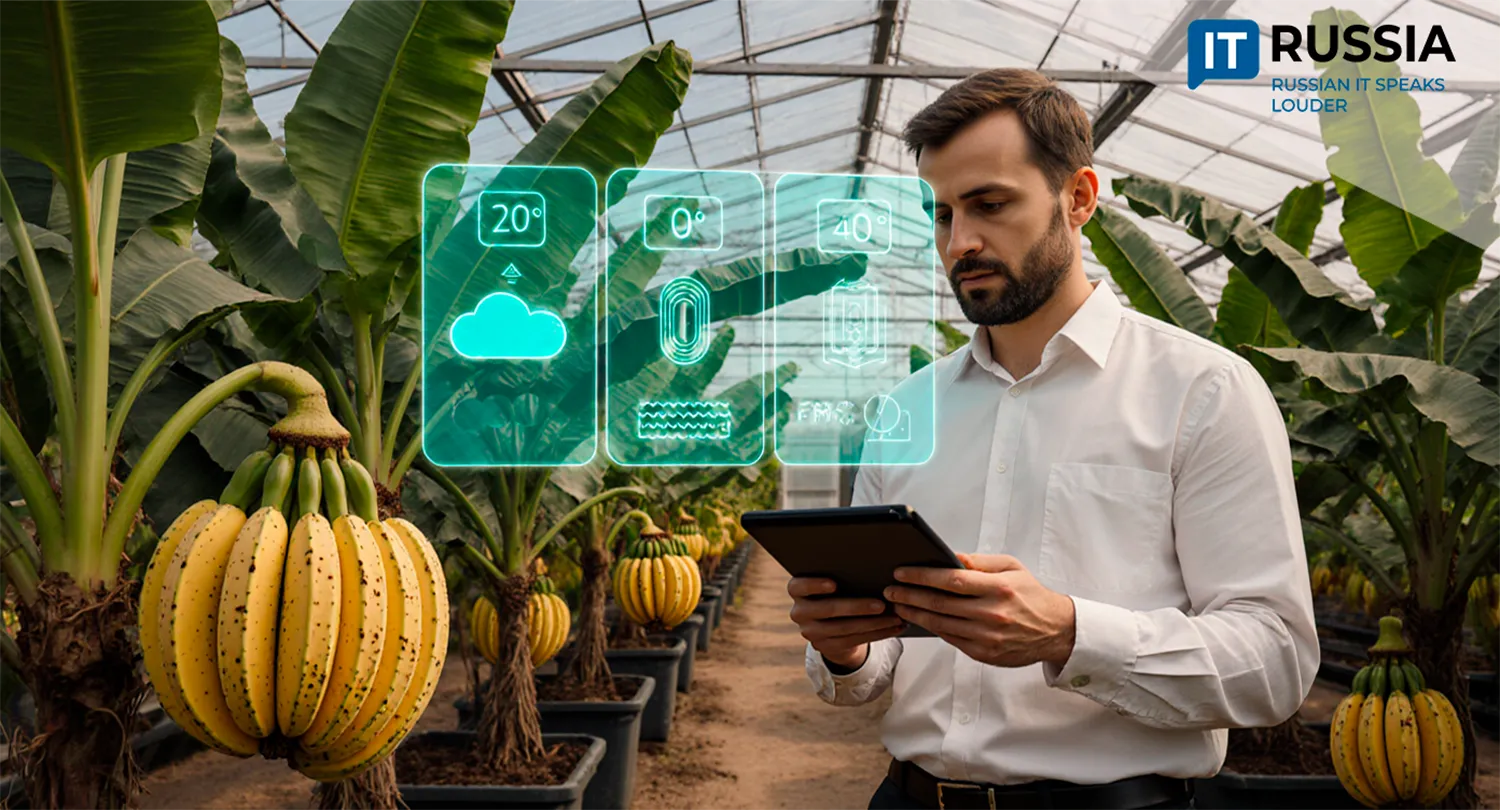
Russia is launching industrial-scale cultivation of exotic crops. A tropical climate will be replaced by a smart, automated system.
Bananas Become a Russian Product
Sochi has become home to Russia’s first industrial-scale project for growing tropical crops—bananas and papayas. The farm “100 Hectares” is implementing the project, overseen by the Federal Center for Food Safety and Quality Assessment of Agro-Industrial Products.
Bananas are now officially recognized as a Russian agricultural product. By government decree No. 1761-r of July 2, 2025, they were added to the national list of agricultural produce.
The new status allows bananas to be cultivated, processed, and eventually made eligible for government support measures. Universities, agricultural producers, and research institutions are included in the program, opening up prospects for subsidies and state-backed investment in this new segment.
Heat and Humidity
Banana plants require abundant watering, year-round warmth, and plenty of sunlight. If temperatures drop below 20°C (68°F), the plant stops growing or dies. The full cycle from flowering to harvest takes about nine months. In Sochi, bananas grow outdoors in summer but move into greenhouses in autumn.
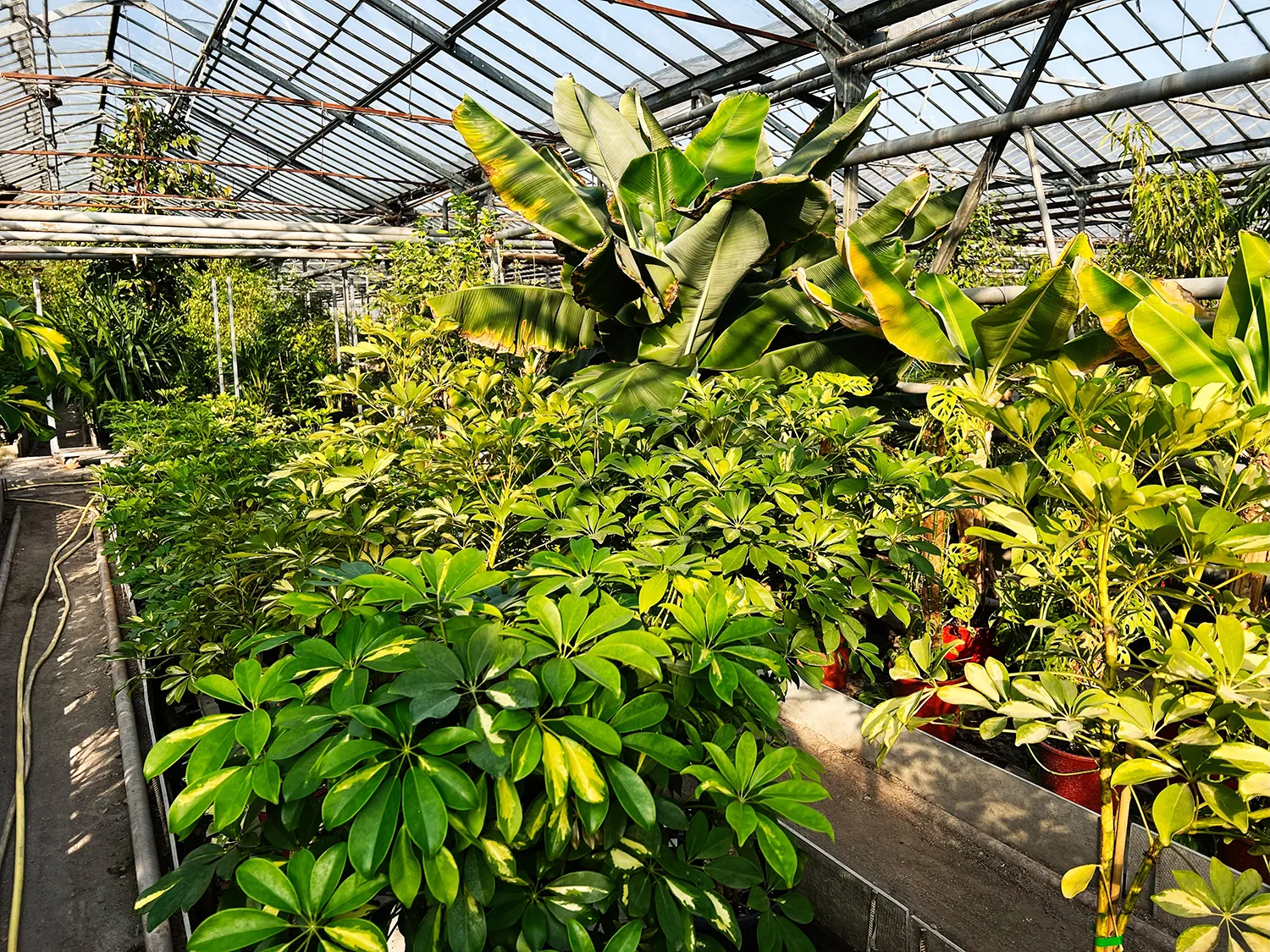
To create ideal conditions, Sochi built a 600-square-meter greenhouse complex equipped with an intelligent climate-control system. A network of sensors monitors air temperature and humidity, while AI-based automation manages heat, irrigation, and watering 24/7.
Interest in cultivating exotic crops in Russia is not new. As early as 1906, agricultural experts recommended bananas for domestic cultivation. Today, with the help of IT-driven agritech, this ambition is finally being realized. In Sochi, a small experimental banana plantation covering 0.12 hectares has already been planted.
Chemical-Free Bananas
“This is an important national project in terms of import substitution and food security. Developing technologies for industrial-scale cultivation of subtropical and tropical crops in greenhouses will create a new segment of Russian agribusiness. Our experts are prepared to participate in the project and ensure quality and safety control of future production,” said Lilia Kugusheva, Director of the Novorossiysk branch of the Federal Center for Food Safety and Quality Assessment.
Experts estimate that one open-air banana plant yields 30–40 kilograms, while greenhouse cultivation delivers up to 110 kilograms. Yields per hectare range from 50 to more than 100 tons when conditions are optimized. Greenhouses maintain steady growth conditions at 30°C and 60% humidity.

Unlike imported bananas, Russian-grown bananas do not require chemical treatments to prolong shelf life. They can reach consumers just days after harvest. Demand is strong. Sochi alone has 560,000 residents and welcomes 8–10 million tourists annually.
Local Exotic Production
The Sochi test plantation expects to harvest its first 500 kilograms between December 2025 and March 2026. Experts say that in the future, Krasnodar Krai could become a center for growing exotic fruits once fully dependent on imports. This does not mean imports will disappear, but Russia will gain a foothold in domestic production.
Planting material will initially come from Turkey and Kazakhstan, but project developers believe bananas can gradually adapt to Sochi’s climate.
Plans are also under way to build 15 hectares of banana greenhouses near Nevinnomyssk, a priority development zone that offers major investor incentives. The project will require 1.4 billion rubles (about USD 17.4 million) in investment, with production expected to begin in 2027.
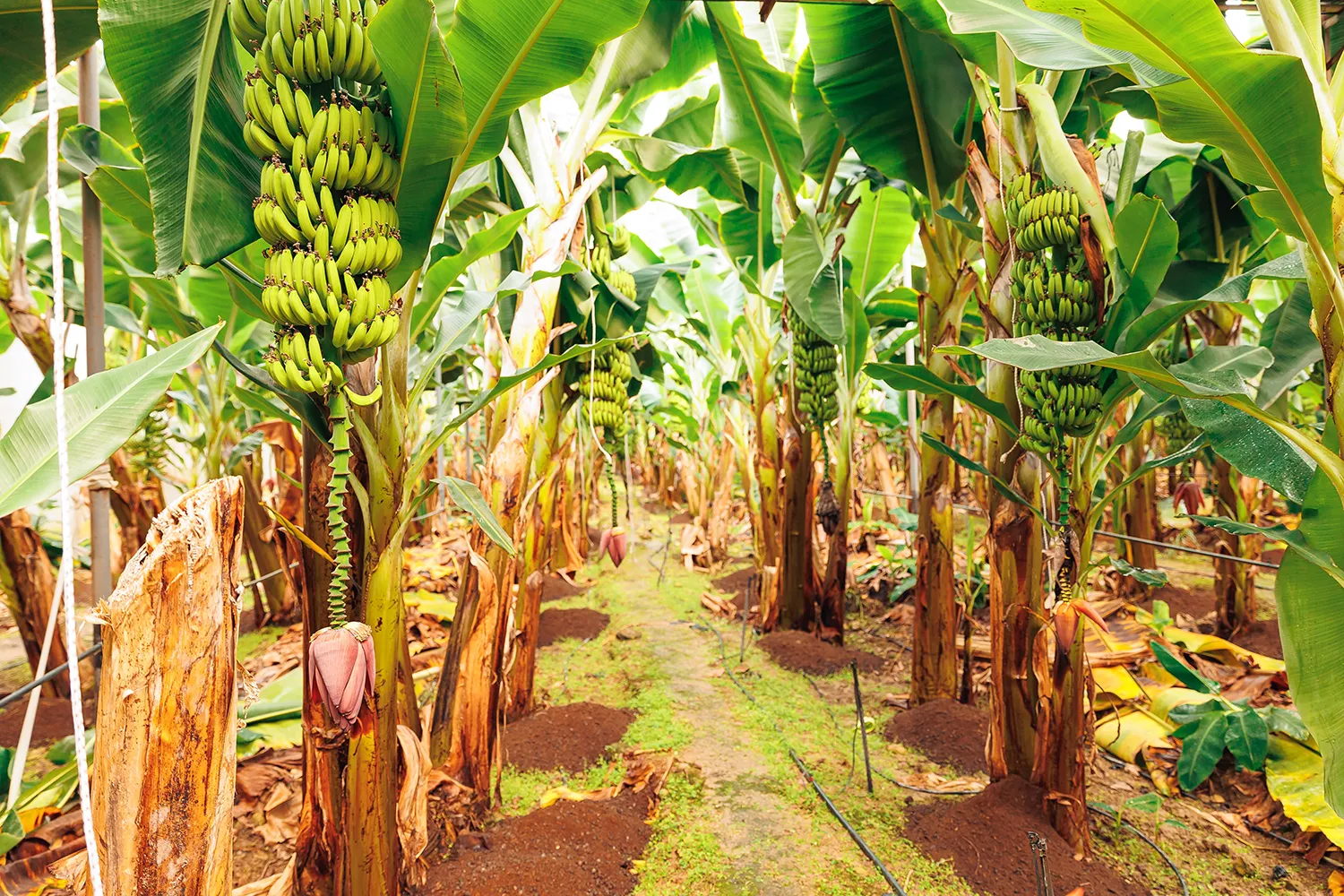
Learning from the Past
The next step will be to test exotic fruit cultivation in more northern regions under harsher conditions. Although costs will be higher, savings from reduced transport expenses will offset them. Automation and Russian IT solutions will further cut overhead. For example, students from the Russian State Agrarian University (RSAU-MSHA) have built a robot that monitors plant health inside greenhouses.
Russia has historical experience in growing exotic crops in cold climates. In the 19th and early 20th centuries, monks of the Solovetsky Monastery grew melons, watermelons, peaches, and roses in their botanical garden on the Solovetsky Islands in the White Sea, just 200 kilometers from the Arctic Circle.
In the 21st century, with IT-driven greenhouse automation, such cultivation is far easier. These advances also create export potential for Russian agritech in countries with cold climates that need local production of exotic plants.


